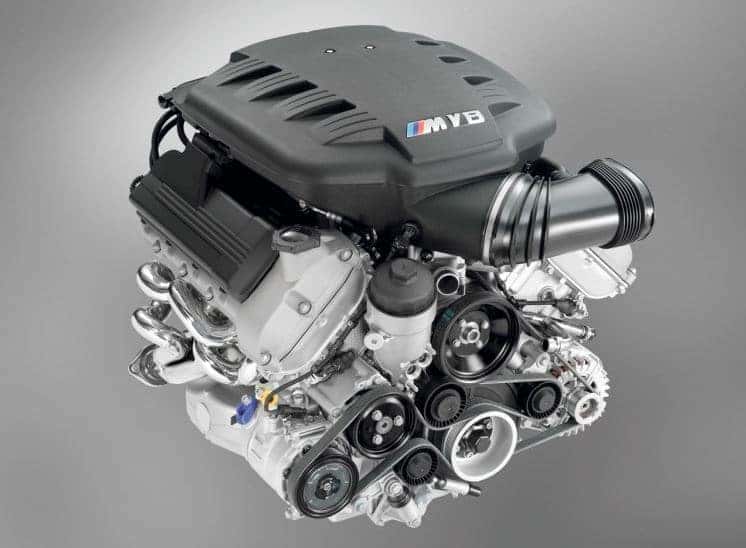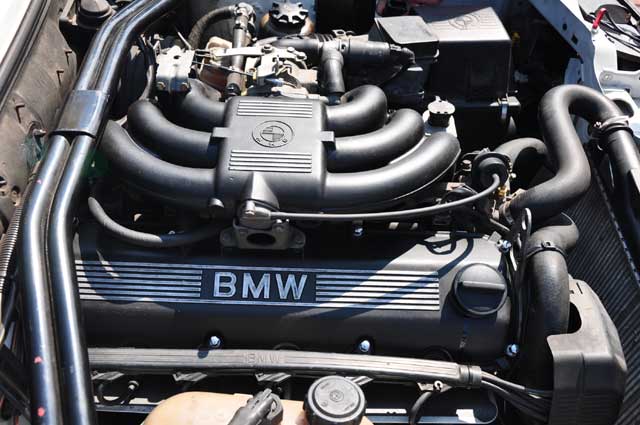The Duty of BMW Engine Style in Achieving Exceptional Fuel Effectiveness
The Duty of BMW Engine Style in Achieving Exceptional Fuel Effectiveness
Blog Article
Exploring the Evolution of Combustion Engines in Modern Transportation Solutions
As we navigate the landscape of modern-day transportation, the advancement of combustion engines stands as a testament to human resourcefulness and engineering expertise. From their humble starts to the innovative giants driving lorries today, combustion engines have undergone an amazing journey of innovation and adaptation. Comprehending the ins and outs of this advancement not only sheds light on the past however additionally leads the way for envisioning what lies ahead in the realm of transportation technology. The interaction of history, innovation, and environmental concerns in shaping the trajectory of burning engines develops a story that is both insightful and compelling.
Early Beginnings of Combustion Engines
Exactly how did the principle of burning engines very first emerge in the onset of transport advancement? When the principles of internal combustion were very first discovered, the roots of burning engines can be mapped back to the 17th century. In 1673, Christian Huygens conceived a fundamental internal combustion engine that used gunpowder to generate power. Nonetheless, it had not been until the late 19th century that functional applications of combustion engines in transportation began to arise.
The innovation minute included the innovation of the first successful gasoline-powered engine by Karl Benz in 1885 - bmw engine. This engine led the way for the growth of the contemporary car, reinventing transport systems worldwide. Succeeding innovations by Nikolaus Otto and Gottlieb Daimler even more improved combustion engine technology, resulting in the automation of vehicles and the rapid expansion of the transportation industry
These very early combustion engines were characterized by their simpleness and effectiveness, laying the foundation for the facility and powerful engines made use of in modern-day transport systems. The advancement of combustion engines has actually been critical in shaping the means we travel and deliver products, marking a considerable milestone in the background of transport advancement.
Transition to Internal Burning Technology
The change to inner burning technology noted a critical change in the development of transport systems. This change began in the late 19th century, with creators like Nikolaus Otto and Gottlieb Daimler establishing the very first effective internal combustion engines. These engines reinvented transportation by providing a much more effective and reliable option to steam engines and electrical motors.
Among the essential benefits of interior burning engines was their capability to be reduced to match automobiles, leading to the advancement of cars and motorbikes. This change from large, stationary engines to compact, mobile ones led the way for the modern transportation systems we see today.
The change to inner combustion modern technology also spurred developments in gas modern technology, leading to the development of fuel and diesel as primary gas sources for automobiles. This shift not just made transportation extra obtainable to the masses however also laid the structure for the oil and gas industry to come to be indispensable to global economic situations.
Effect of Combustion Engines on Transport
The adoption of combustion engines in transportation systems militarized a profound change in the efficiency and rate of international mobility. Combustion engines revolutionized transportation by supplying a trusted and flexible source of power for different vehicles, including cars, vehicles, aircrafts, and ships. This advancement dramatically improved the capability for individuals and products to relocate over long distances in much shorter timespan, causing boosted connectivity between areas and nations.
In addition, the prevalent use of combustion engines has had a considerable effect on financial growth. The capacity to carry products efficiently has actually stimulated trade and commerce, permitting services to broaden their markets and get to customers worldwide. This has actually promoted financial growth and globalization, as products can currently be moved much faster and in bigger amounts than ever.
However, the ecological effect of burning engines can not be ignored. The over at this website combustion of fossil fuels has led to air contamination and greenhouse gas emissions, adding to environment change and positioning health dangers to populaces. bmw engine. Consequently, there is a growing focus on developing different propulsion innovations to mitigate these adverse impacts and develop a much more Discover More lasting future for transportation
Developments in Burning Engine Design
One notable development is the advancement of turbocharged engines, which utilize exhaust gases to drive a turbine that compresses inbound air, allowing for even more gas to be charred, resulting in boosted power outcome without a substantial increase in engine dimension. Variable valve timing systems have actually additionally revolutionized engine style by optimizing airflow at different engine speeds, improving both power and effectiveness. These advancements jointly contribute to the constant improvement of burning engines in modern transport systems.
Future Patterns in Combustion Engine Development
With modern technology innovations driving constant development, the future of burning engine advancement is positioned to revolutionize transportation systems around the world. Among the vital fads in burning engine development is the press towards greater effectiveness and minimized exhausts. Manufacturers are spending heavily in research study and advancement to enhance engine efficiency while meeting strict environmental policies. This consists of the combination of advanced fuel shot systems, enhanced turbocharging techniques, and the usage of light-weight materials to maximize fuel consumption and decrease carbon emissions.
One more noticeable pattern is the adoption of hybrid innovations in combustion engines. Hybrid engines incorporate typical combustion technology with electric power, offering improved fuel effectiveness and reduced exhausts. As the automobile industry changes in the direction of electrification, crossbreed burning engines are viewed as a transitional solution that links the space between standard cars and totally electrical ones.
Furthermore, the assimilation of smart modern technologies, such as expert system and information analytics, is expected sites to play a considerable role in the future of combustion engine advancement. These innovations can optimize engine performance in real-time, causing extra reliable combustion processes and boosted general car performance. Accepting these future trends will certainly not only drive development in combustion engine advancement but likewise add to a much more lasting and ecologically pleasant transportation community.

Conclusion
Finally, the evolution of combustion engines in modern-day transport systems has actually been noted by substantial advancements in modern technology and design. From the early beginnings of combustion engines to the change to interior burning modern technology, these engines have actually had an extensive effect on transportation. Advancements in burning engine style proceed to drive development in this field, with future patterns concentrating on further enhancing effectiveness and reducing exhausts. The future of combustion engines in transportation looks encouraging as study and growth efforts remain to push borders.
The roots of combustion engines can be mapped back to the 17th century when the concepts of internal combustion were very first checked out. These engines revolutionized transport by supplying a much more efficient and powerful alternative to vapor engines and electrical motors.

Report this page